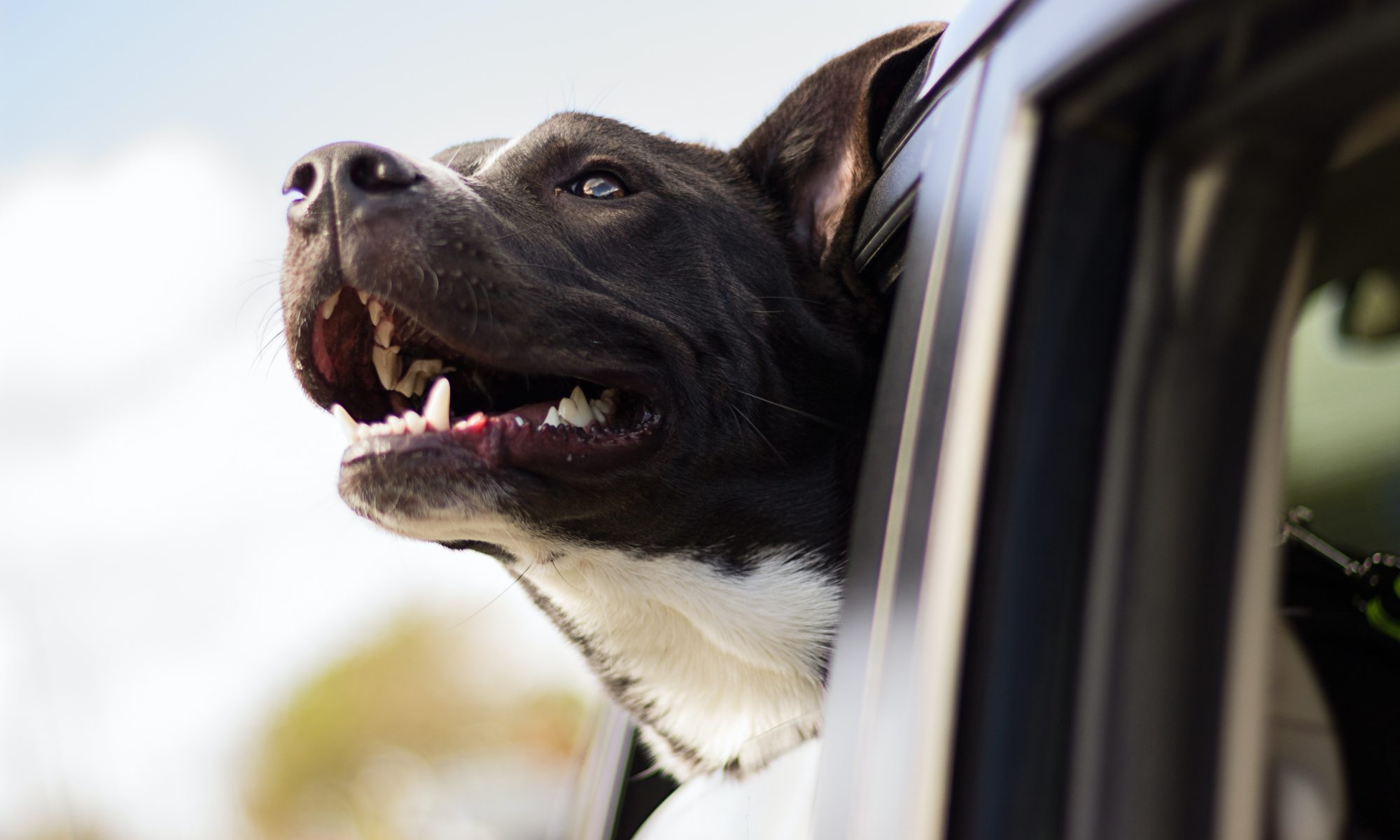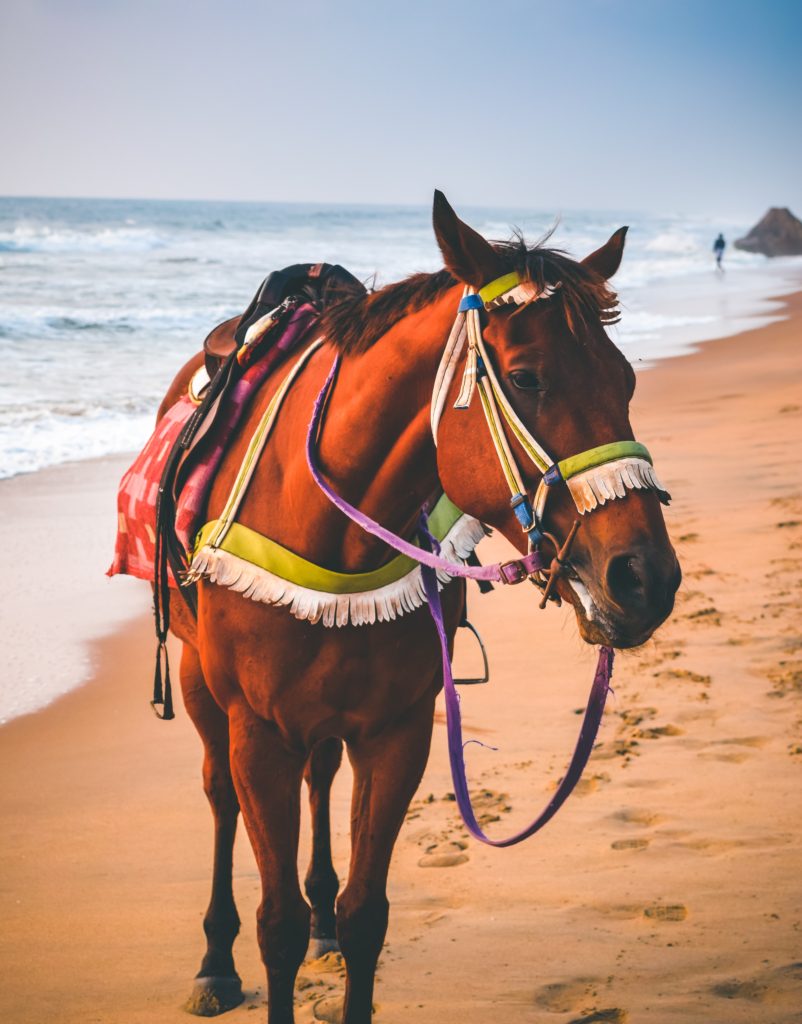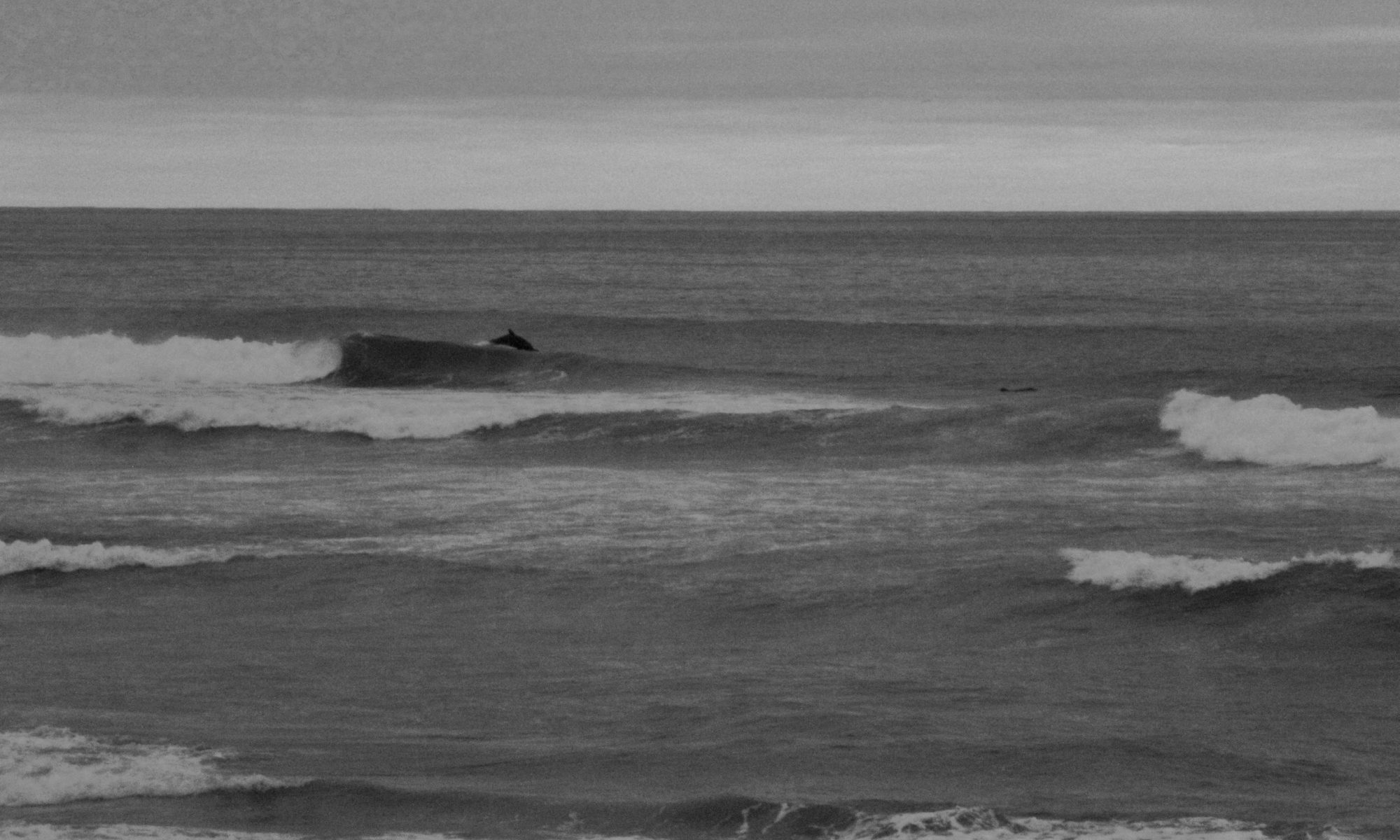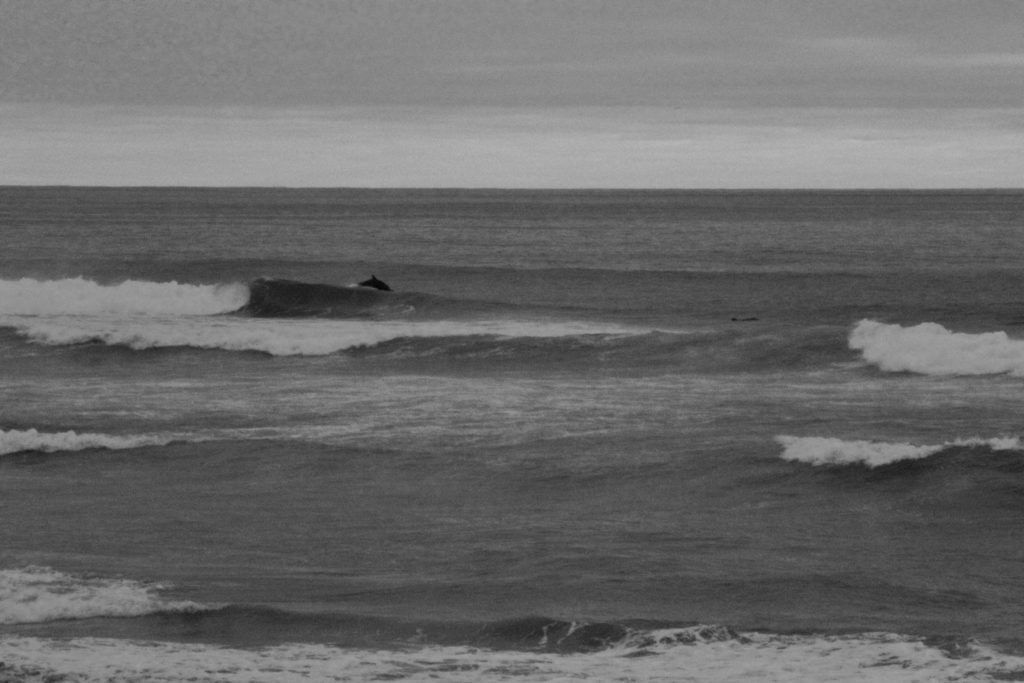Hola amigos y mascotas,
Are you planning a getaway to Mexico and don’t want to leave your beloved four-legged friend behind? Traveling with your dog can be an incredibly rewarding experience, but it’s essential to be prepared, especially when crossing international borders. Let’s dive into the world of traveling with your dog across the Mexican-American border and the necessary paperwork you’ll need to ensure a smooth and hassle-free journey.

The Short Answer: I have never been asked or stopped
When planning a trip with your furry friend to the Rosarito Beach House Rental (RBHR), it’s essential to be aware of the necessary paperwork for crossing the Mexican-American border. While my personal experiences and guest feedback might suggest that documentation for pets is not often requested, it’s crucial to understand that border control officers hold the authority to inspect required paperwork at any time, irrespective of your mode of transportation.
To ensure a stress-free journey, it’s recommended to consult official government websites, contact the appropriate authorities, or consult with a professional pet travel service to obtain the most up-to-date and accurate information regarding the required paperwork when driving across the border with your dog.
The Long Answer: Better To Be Safe Than Sorry
First and foremost, it’s important to note that both Mexico and the United States have specific requirements for bringing pets across their borders. These regulations are in place to safeguard the health and safety of animals and prevent the spread of diseases. So, before embarking on your adventure, make sure to gather all the necessary paperwork and fulfill the requirements.
One vital document you’ll need is a valid health certificate issued by a licensed veterinarian. This certificate confirms that your dog is in good health, up to date on vaccinations, and free from any contagious diseases. The health certificate should be issued within a specified time frame before your trip, usually within 10 days to a month. It’s crucial to consult your veterinarian well in advance to schedule an examination and obtain the necessary documentation.
Additionally, your dog should be vaccinated against rabies, as this is a requirement for entry into both Mexico and the United States. Ensure that your dog’s rabies vaccination is up to date and well within the validity period specified by each country.
Another crucial aspect to consider is the type of identification your dog will need. It is highly recommended to have your furry companion microchipped. A microchip provides a permanent and tamper-proof form of identification that can be easily scanned and linked to your contact information. In case your dog gets separated from you during the journey, a microchip significantly increases the chances of a happy reunion.
It’s also essential to carry proof of ownership, such as a dog license or registration documents, as well as a recent photograph of your dog. These can be helpful in case of any unforeseen circumstances or if you need to provide identification while traveling.

As you plan your travel route, be sure to research any specific regulations or restrictions imposed by the Mexican government or the state you’ll be visiting. Some regions in Mexico may have additional requirements, such as permits or specific health certifications. Stay informed and double-check the latest information from reliable sources, such as official government websites or trusted pet travel resources.
When you arrive at the border, expect to go through the usual customs and immigration procedures. Inform the border officers that you are traveling with your dog, and have all the necessary paperwork readily available for inspection. Compliance with these requirements will help facilitate a smooth and stress-free crossing for both you and your furry companion.
Remember, traveling with your dog is a privilege and a responsibility. While exploring new destinations together can be a bonding experience like no other, it’s important to prioritize your dog’s well-being and follow all the regulations in place.
So, if you’re planning a cross-border adventure with your canine companion, take the time to prepare, gather the required paperwork, and ensure your dog’s health and safety. With the right preparation and adherence to the regulations, you and your furry friend can embark on an unforgettable journey across the Mexican-American border, creating cherished memories that will last a lifetime.
We hope you and the family are well! We’ve got a promotional deal going on + we’ve made some upgrades to the house, and we wanted you to be the first to know!
10% OFF YOUR NEXT STAY
- Share this article with 3 of your closest family and friends and copy us (CC) on the email
- Like our Instagram or Facebook by clicking (Already a follower? You’re already one step ahead)
If you’d like to take advantage of this deal and book your next stay with us, we’d love to have you again. Feel free to share this with friends and family too!






